No One Told EV Owners Their Tires Will Wear Faster, And That’s Making Them Unhappy
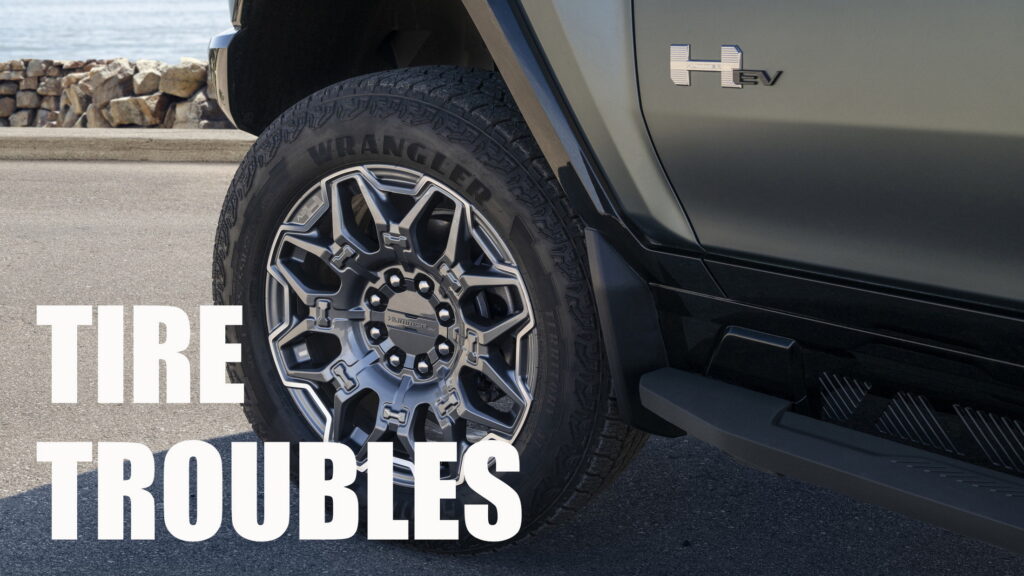
The extra weight and big torque of electric vehicles mean that their tires wear out significantly faster than traditional combustion vehicles. However, EV buyers feel like they weren’t warned about this difference and they don’t like it.
“The widening satisfaction gap between EVs and gas-powered vehicles highlight an opportunity for tire manufacturers and automakers to educate EV owners on the differences in performance,” said Ashley Edgar, J.D. Power’s senior director of benchmarking.
And this isn’t just a problem when it comes to customer satisfaction. Tire wear also leads to increased emissions. The emissions that come off tires can lead to respiratory problems, kidney damage, and neurological damage. Since EV tires wear faster, they pollute more, in this respect.
Read: Indy Shops Shine, Kia, Hyundai, Jeep Dealers Lag In Service Satisfaction Survey
Unfortunately, the nature of manufacturing tires for EVs makes this a difficult problem to solve. J.D. Power reports that the goals of maximizing range and optimizing tire wear are in conflict, creating a significant challenge for the automotive industry, which will only become more important as the EV segment grows.
Customer Satisfaction By Brand
Even as the industry experiences some big changes, other aspects of it stay the same. For instance, for the 21st year in a row, Michelin has ranked highest among tire providers for luxury vehicles in J.D. Power’s 2024 U.S. Original Equipment Tire Customer Satisfaction Study. It was followed by Goodyear and Continental.
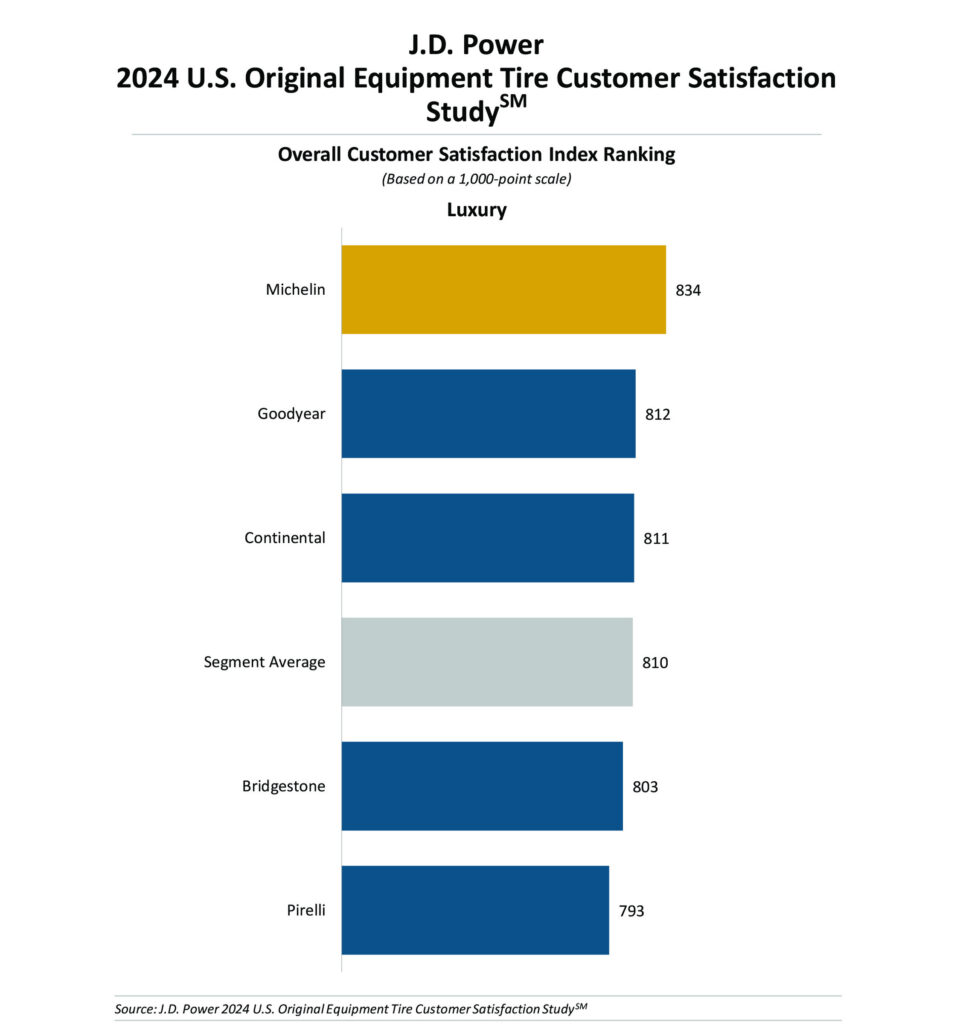
Michelin leads the tire industry in almost all categories, including the passenger car segment, followed by Goodyear and Kumho, and the performance segment, followed by Pirelli and Goodyear. The only category it didn’t lead is the truck/utility segment, where Falken ranks highest, followed by BFGoodrich and Hankook.
To establish these rankings, J.D. Power measures owner satisfaction in four areas: tire ride, tire wear, tire traction, and tire appearance. The study is based on responses from 31,414 owners of 2022 and 2023 model year vehicles.
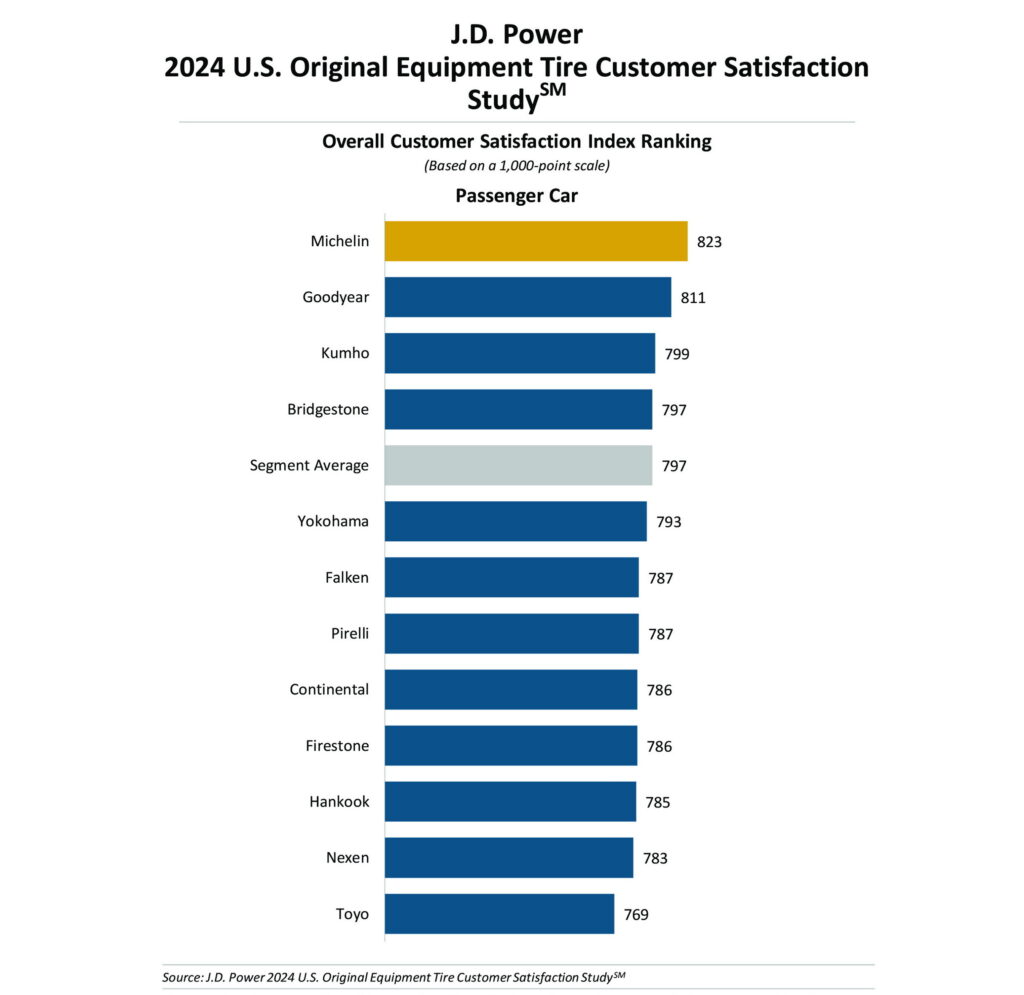
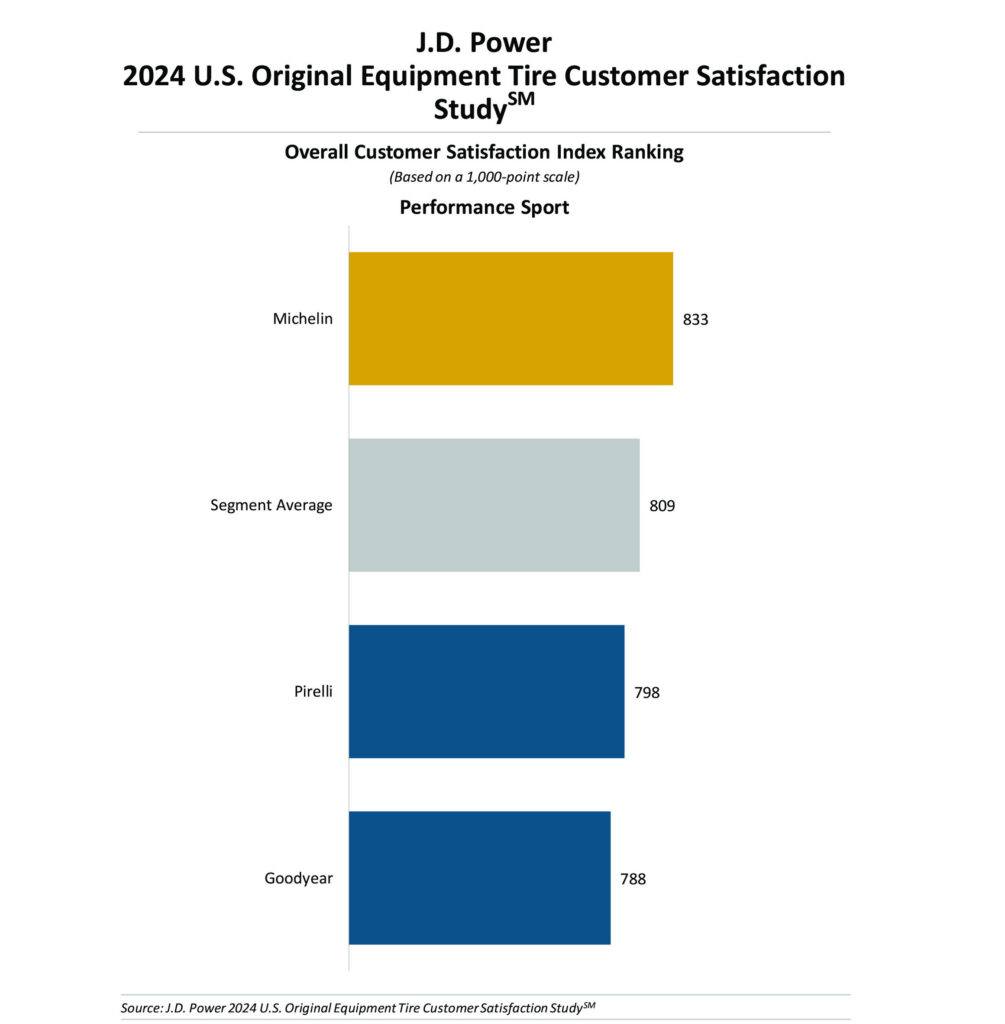
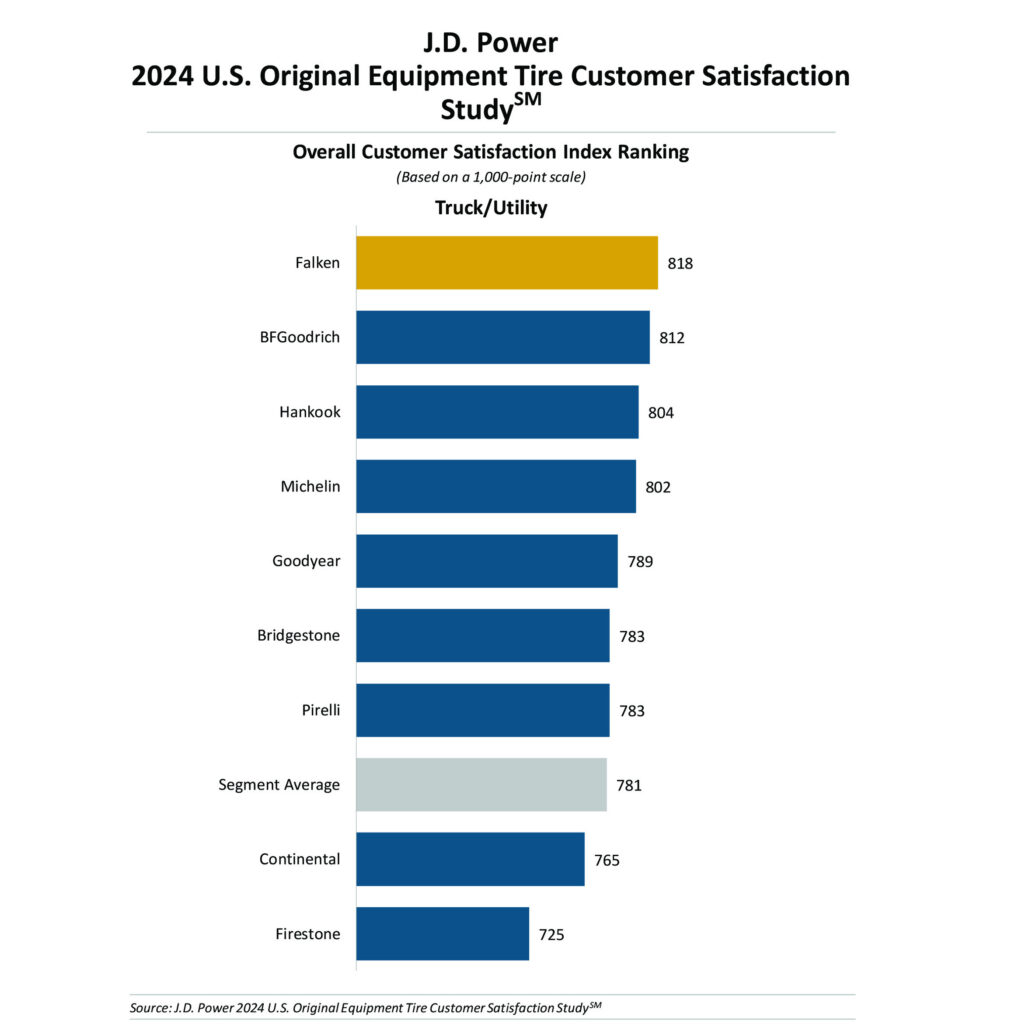
Credit: J.D. Power
The Auto World
Comments
Post a Comment